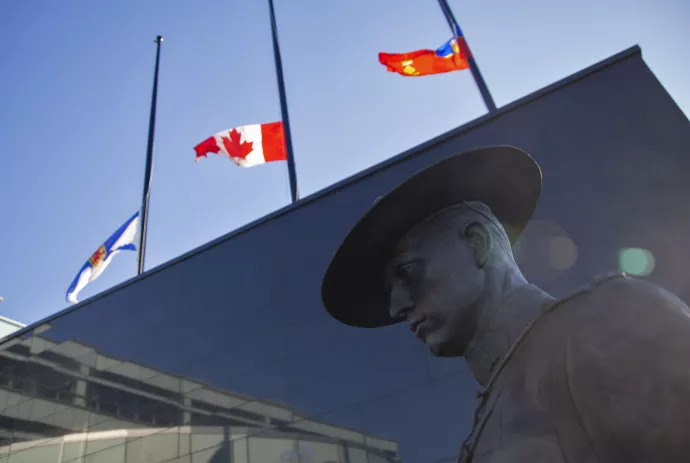
UTM sociologist spotlights perceptions of street safety in rural and urban Halifax
A developing research project from Timothy Bryan, an assistant professor in the department of sociology at University of Toronto Mississauga, analyzes how urban and rural residents in the Halifax area perceive and imagine street safety.
“Often, criminological research has assumed certain things about crime. Crime is often perceived as something that happens in urban areas,” says Bryan, whose research revolves around the policing of hate crime and criminal justice reform in Canada.
“What this project wants to do is to disrupt some of those binaries that assume that urban spaces are always spaces of danger and that rural spaces are somehow these peaceful, quiet spaces.”
In recent years, two events have largely shaped the view of public safety in Halifax, Bryan explains. The April 2020 mass shooting, where 22 people were killed in rural Nova Scotia, launched an inquiry into the RCMP’s efforts to keep residents safe.
Furthermore, increased street checks have disproportionally targeted African Nova Scotian residents. A March 2019 study by Scot Wortley, a professor at U of T’s Centre for Criminology & Sociolegal Studies, showed that Black residents were six times more likely to be street checked in the Halifax area compared to white residents.
Bryan travelled to Halifax last year to interview residents about their feelings on street safety and policing with the help of the Black Research Network’s IGNITE grant. The BRN is a U of T institutional strategic initiative based at UTM.
“On the back of these two events, what I found was that many residents were rethinking their relationship with police. Many had a positive relationship with police or had no negative relationships with police,” Bryan says.
“But recent events actually started to have residents think differently about whether police were capable of keeping them safe, whether police wanted to keep them safe, or whether the presence of police was even a sign of safety.” The Wortley Report emphasized 53 recommendations to ban street checks, including gathering data on police stops.
In October 2019, street checks were permanently banned in Nova Scotia and remaining recommendations are being led by the province’s Department of Justice.
Another element of Bryan’s project will use a combination of participant-produced drawings of street scenes and interviews to address questions about street safety and how police contribute to these perceptions.
The exercise not only helps Bryan gain a deeper understanding of the perceptions of urban and rural spaces. He also asks participants to explain what they would change to make their neighbourhoods safer.
“I’m hoping that the images not only provide a method of getting at the data and people’s responses, but become a kind of artifact in themselves as a kind of snapshot of how it is that people are coming to understand where they live, how they live, and perhaps what they want changed about the areas within it.”
Bryan is currently completing about 40 interviews with participants in Halifax and developing those responses into an academic publication. He hopes to present preliminary findings at research conferences.
